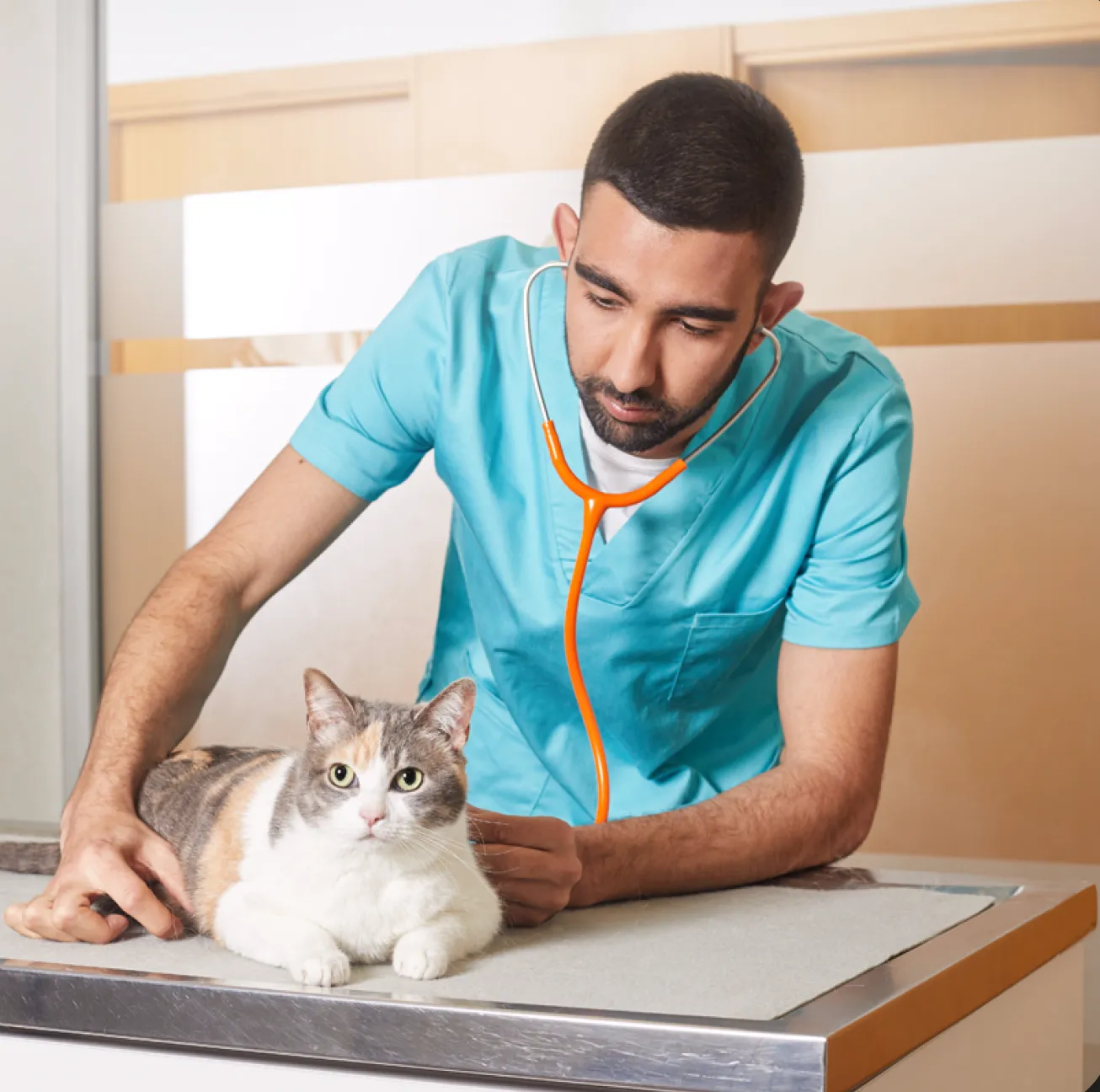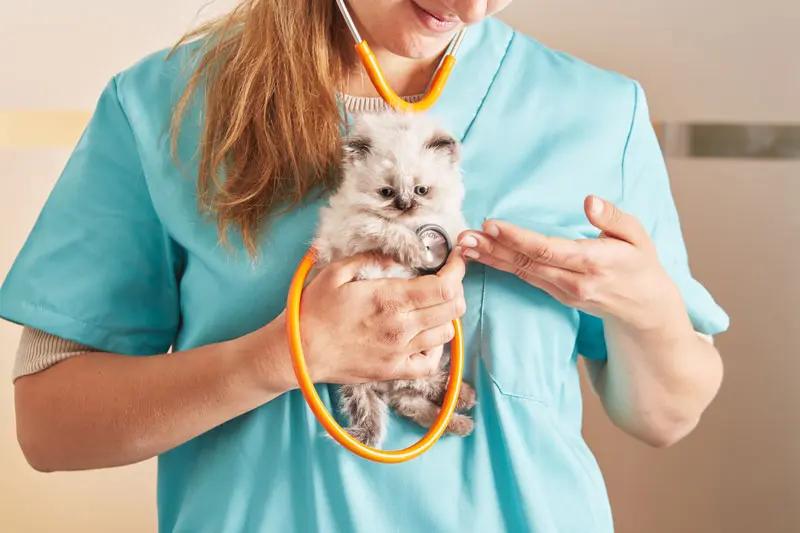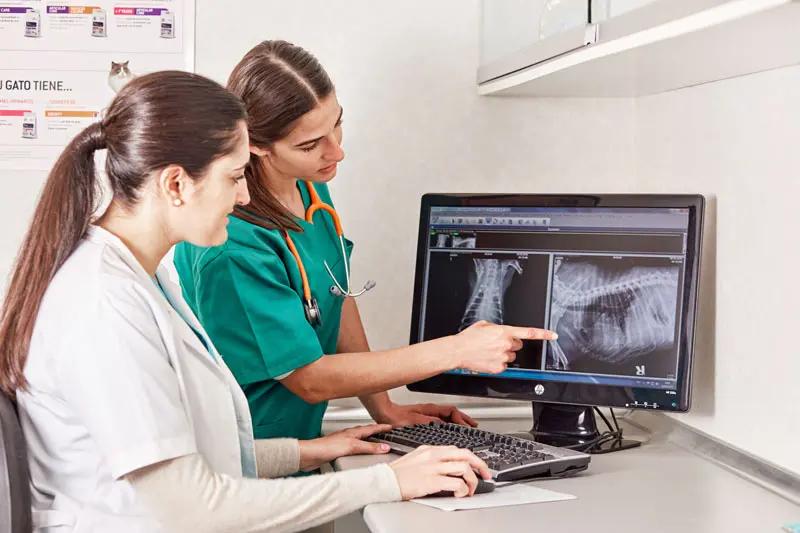Library
All the veterinary information in one place.


Article6 mins
Controlling respiratory rate in cats with heart disease

Article11 mins
Regurgitation in dogs: diagnostic approach

Article20 mins
Osteosarcomas in dogs: diagnosis and therapeutic options

Article11 mins
High creatinine in dogs. How should it be approached?

Article1 min
Managing a veterinary clinic: profitability and liquidity

Article1 min
Business management and marketing to attract and retain your clients

Article1 min
Osteoarthrosis in dogs and cats: medical treatment

Article1 min